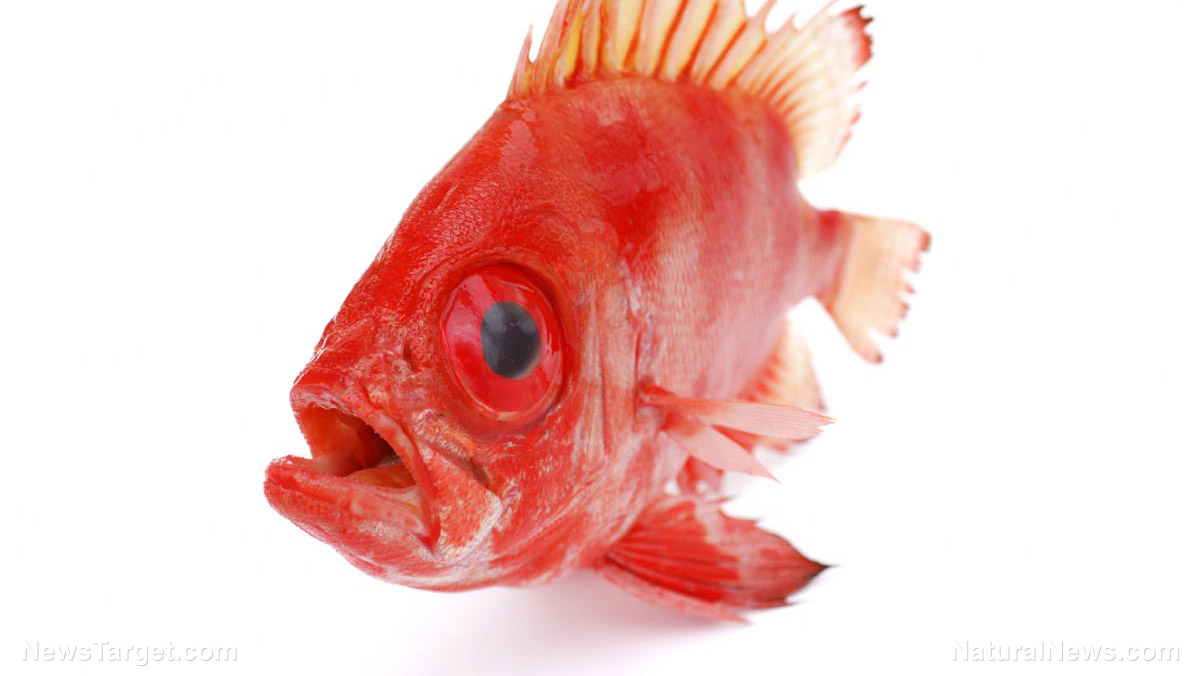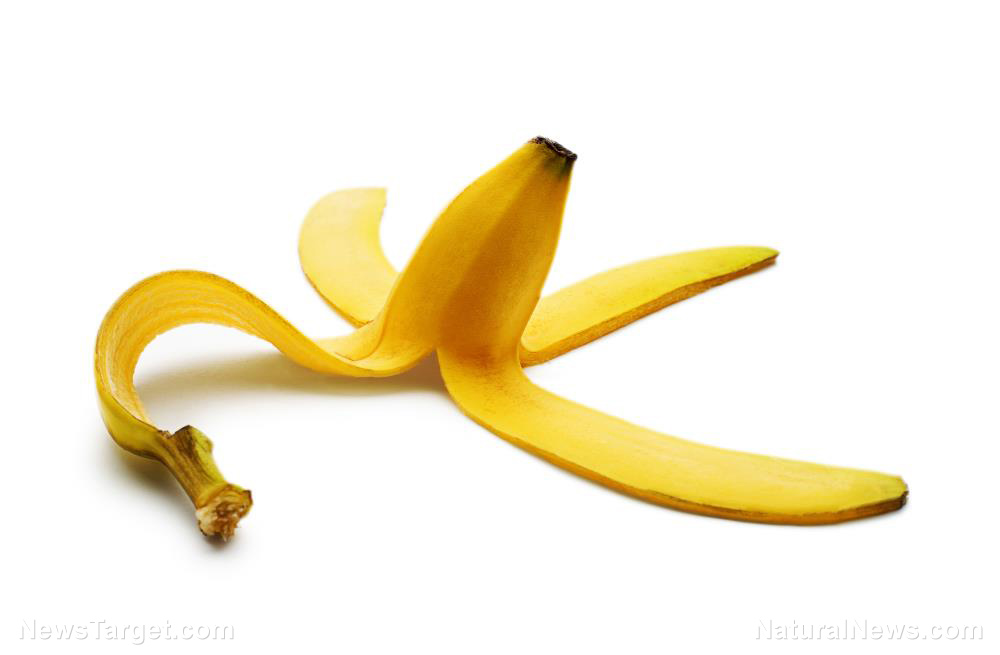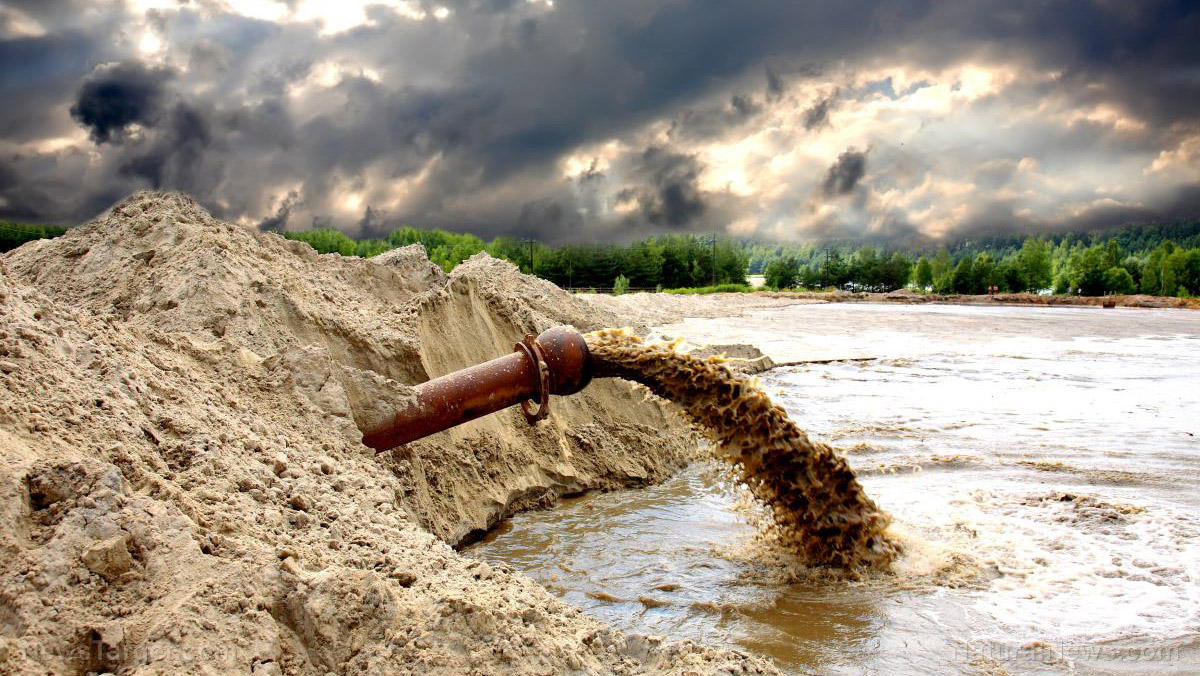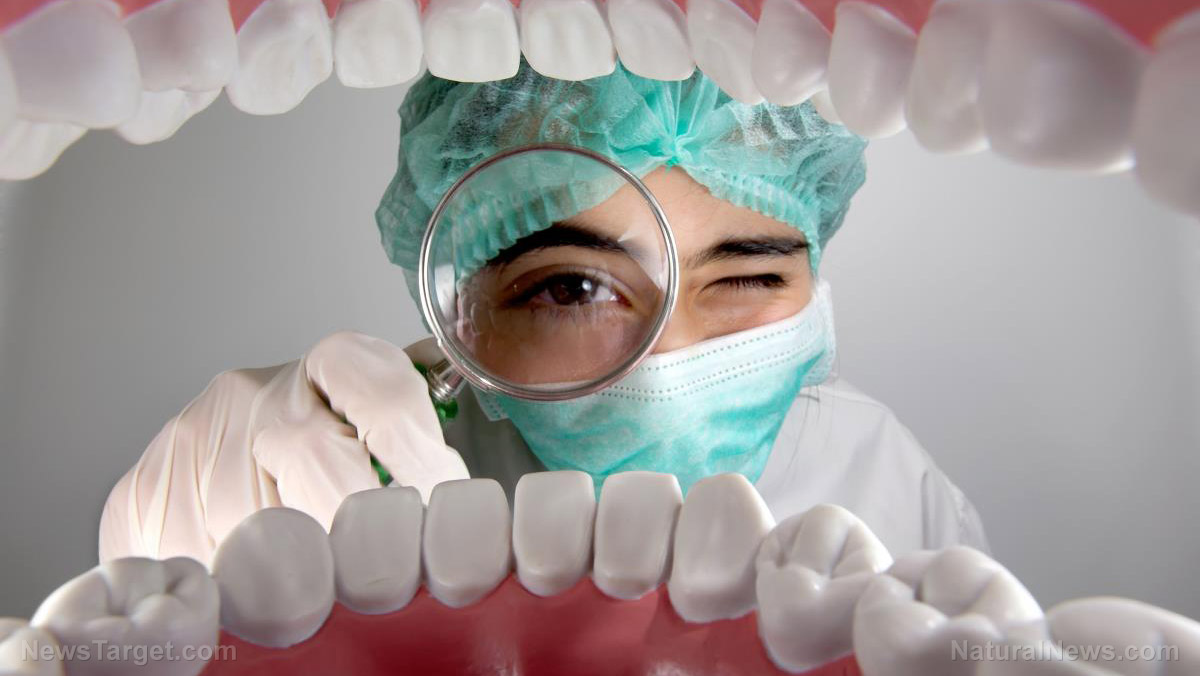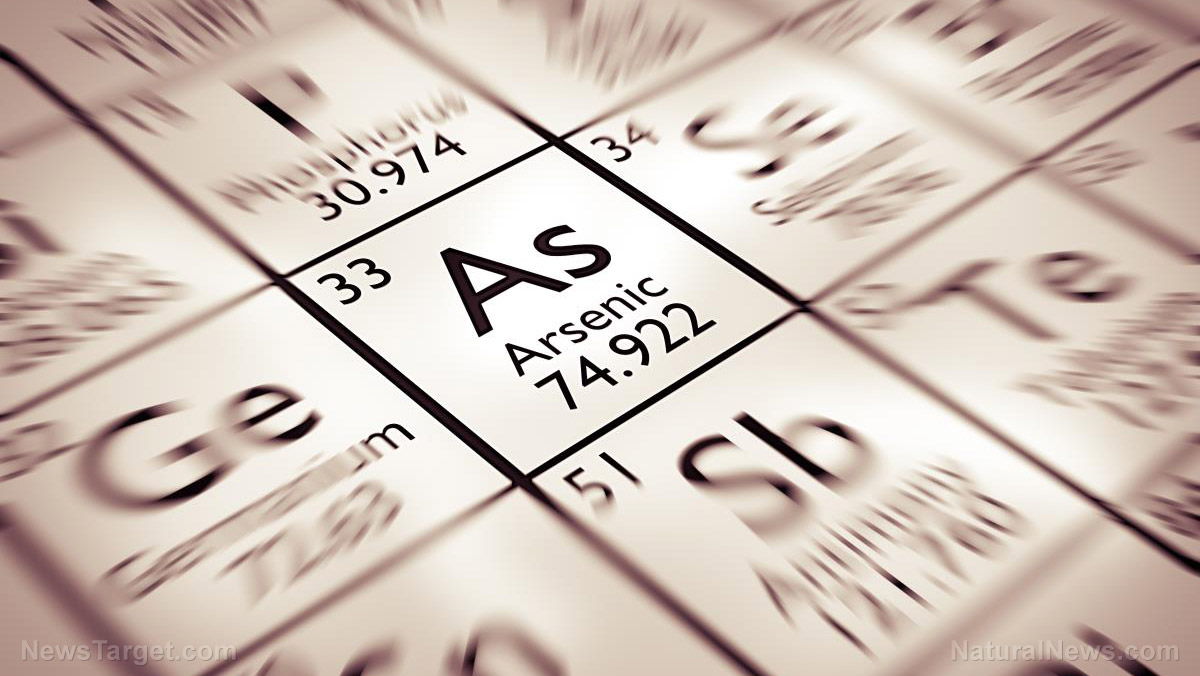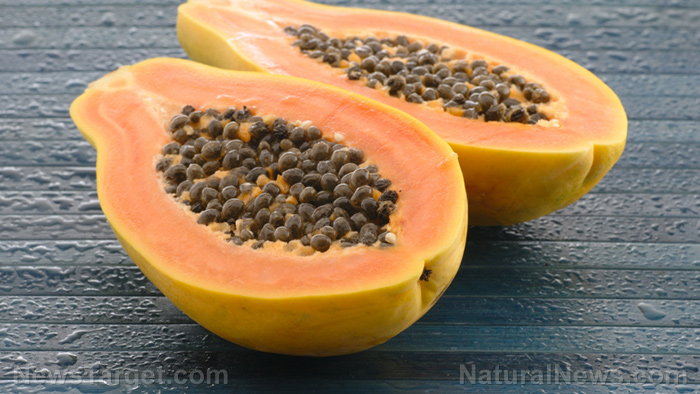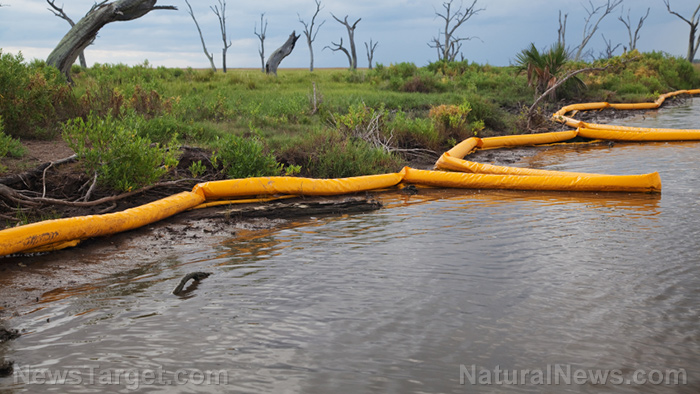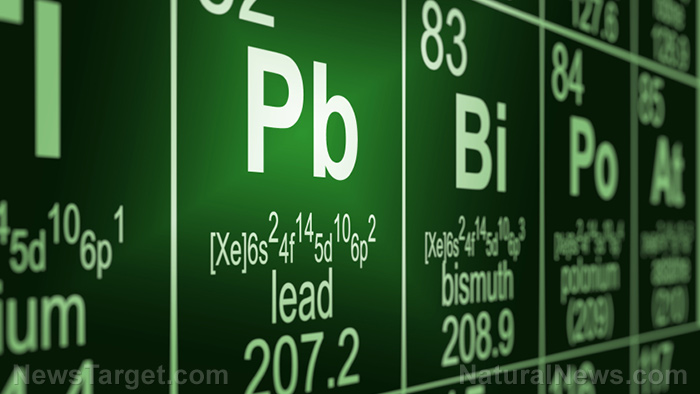Clean Label Project deemed “science fraud” by scientists, doctors and the Health Ranger
07/18/2018 / By Vicki Batts
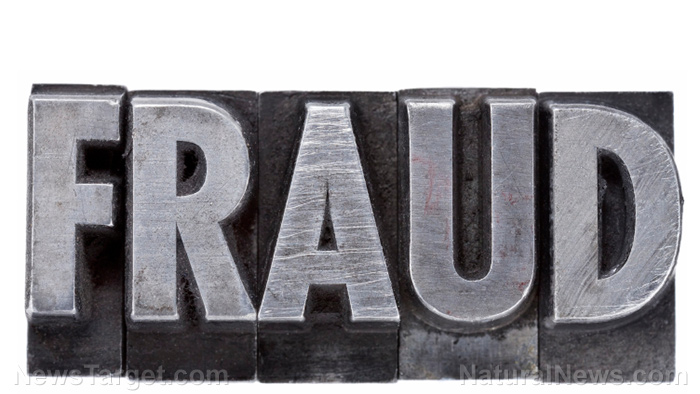
The Clean Label Project (CLP) boasts that as an organization, it “uses data and science to reveal the true contents of America’s best-selling consumer products.” Their website states that they are dedicated to “health and transparency in consumer product labeling.” Yet, their rating system is as obscure as it gets – and they refuse to provide raw data on the amounts of heavy metals, pesticides and other toxins in the foods they analyze.
Instead, consumers are just supposed to rely on their assessments and ratings, which assign foods and pet products with a rating of one to five stars. As Mike Adams, the author of Food Forensics and a pioneer for heavy metals testing in foods, explains:
I have found the ratings system of the Clean Label Project to be not merely dishonest and unethical, but downright fraudulent. Here’s a good example: The Vega One Plant-Based Mixed Berry All-In-One Shake product is labeled by the Clean Label Project as just one star out of five. In the “Results Summary” section, “1 out of 5” ratings are given to “Arsenic / Mercury” and “Cadmium / Lead,” implying that this Vega One product is dangerously contaminated with Arsenic, Mercury, Cadmium and Lead.
Adams notes that he himself has tested Vega protein powders, and found them to be among the cleanest in the protein powder industry. “It is my experience that Vega One proteins will have less than 100 ppb of lead (or 0.1 ppm), near-zero mercury, and very low levels of arsenic or cadmium (likely below 50 ppb in most cases),” the Health Ranger explained further.
More importantly, he notes, with sensitive enough equipment, lead and other metals can be detected in virtually everything – but that doesn’t automatically mean a food product is dangerous.
Clean Label Project ratings are bunk
And as Dr. Chad Hayes explains, while CLP prides themselves on “transparency,” the organization itself isn’t transparent at all. Their refusal to release real data is alarming. They provide “ratings” for things like heavy metals, pesticides and other contaminants – but do not provide any sort of real explanation as to why a given product got a specific rating. A brand of dog food may get one star for heavy metals, but what metals and what amounts were detected is not disclosed.
“Their methodology section provides a list of things they test for, but they lump some of them into broad categories like ‘antibiotics’ or ‘pesticides.’ An actual scientific study would provide a list of the specific substances,” Hayes explains. CLP’s refusal to even reveal what pesticides they test for is alarming.
CLP says you can click on the product summaries for each rating area (heavy metals, process contaminants, byproduct contaminants, and nutritional superiority) to learn more about the product’s rating. However, no further information specific to the product you’re viewing is given. Instead, there is just a summary of why you should be concerned about a given substance in food. No real data on the product you’re looking at is given, at all.
No raw data, no transparency
This is not a transparent website – it’s “pure hogwash,” as the Health Ranger contends. A real, scientific analysis would provide a breakdown of what specific substances were detected in a product, and in what amounts it was found. This “star rating” nonsense assumes consumers are too stupid to understand more specific numbers.
Executive director Jaclyn Bowen reportedly said in an email, “Clean Label Project does not release raw results for specific products. We developed our rating system because we believe that raw results are only useful in the context of the bigger picture, that is, relative to the rest of the pet food category.”
“To us, it is all about transparency. We provide choices and information, and we let the consumer decide!” she added. Really?
The notion that raw results are only relevant in comparison to other foods is patently false; the amount of a given substance found in food does matter. Dose makes the poison, after all. Any organization waving the flag of “transparency” should not be telling consumers that they simply don’t need to know all the information. CLP’s ratings are meaningless without context – and they provide zero insight as to what’s actually in the products.
Fortunately, you can find real information on all things food-related at FoodScience.news.
Sources include:
Tagged Under: clean food, Clean Label Project, consumer products, deception, food label, organics, product labeling, science fraud, toxic elements, toxic ingredients


